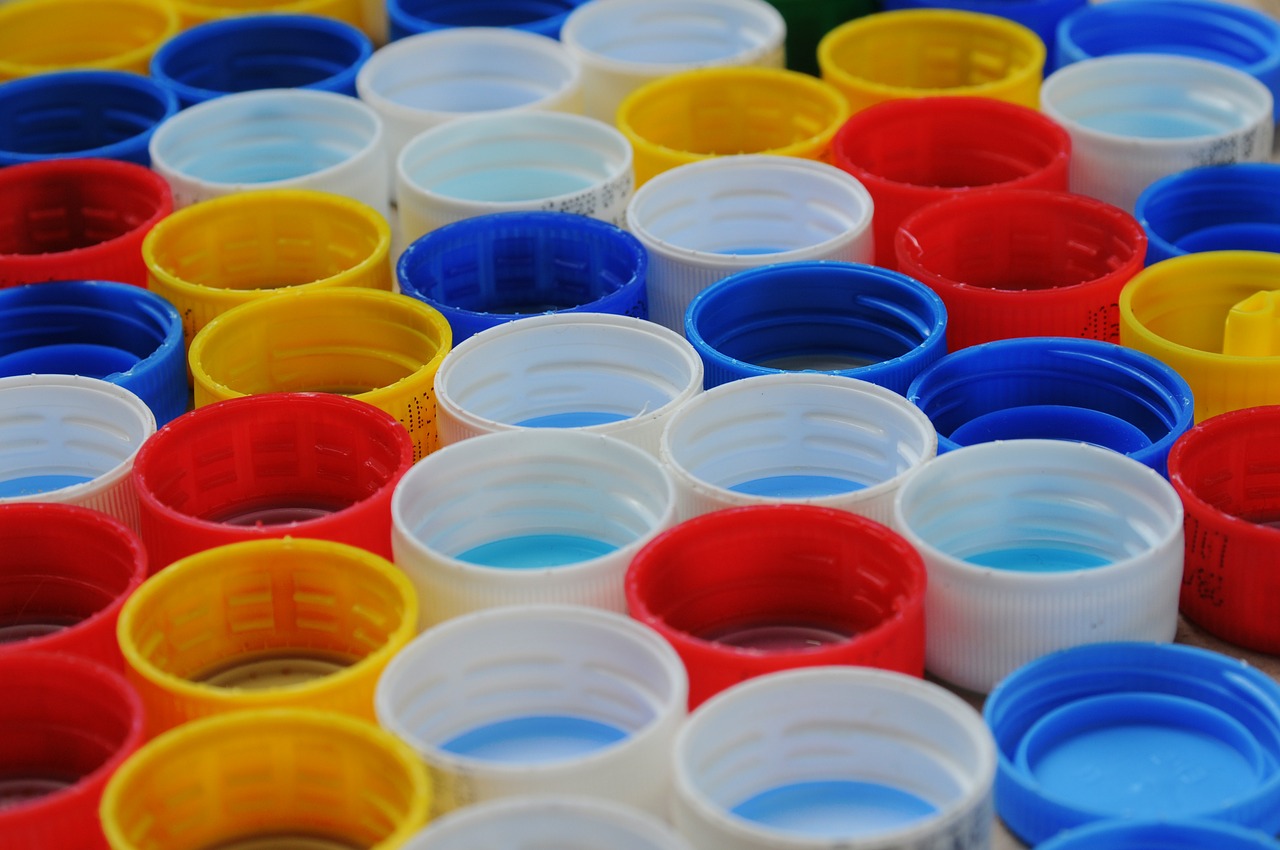Plastic Injection molding is the manufacturing process for creating products using synthetic materials. In this process, the plastic is thrown into a heated barrel and is forced into a mold cavity where it loses the heat and hardens to the configuration of the mold cavity.

The fascinating history of plastic injection molding:
Plastic material was invented by Alexander Parkes in 1861 in Britain. At that time, he called that material as Parkesine. This material helped people, and they used it for heating, molding, and other things.
And, in 1868, American inventor John Wesley Hyatt developed a plastic material, and he called it Celluloid, which was an improvement over Parkesine’s as it could be processed into finished form. After that, Hyatt patented the first machine in 1872 together with his brother Isaiah.
This machine was far too simplistic compared to the devices widely used today. 21st-century tools consist of a material hopper, an injection ram or screw-type plunger, and a heating unit. And also, some advanced machines have been made for the sampling process for strict quality control.
How it has evolved?
The plastic injection molding industry began to change in the 1940s as the World War created a demand for inexpensive, mass-produced products. After six years, American inventor James Watson Hendry constructed the first screw injection machine, which provided greater control over the speed of injection and the excellence of articles formed.
The plastic industry has evolved, and various plastic goods were produced. From combs to buttons to a wide range of technological products for different industries including medical, automotive, aerospace, consumer goods and so on were manufactured.
Injection molding is the most popular method, although there are several various methods used in the production of plastic products.
So, what’s plastic?
Plastic is resilient, lightweight and distinct metal. It is resistant to corrosion, wear, and tear. The major advantages of this technique are high production capability, repeatable high tolerances, minimum scrap loss, low labor costs, and hardly any need to finish parts after molding.
But, this process has some cons as it includes high investment in equipment, potentially high operational costs, and the necessity to design moldable parts.
The progressively increasing demand for plastic products has led to the rise of the plastic molding industry. You can find the use of plastic form products in our day-to-day usage, and they are rarely employed in industry sectors like aviation and building construction and so on.
Injection Molding:
Injection molding is the most common method of plastic part manufacturing. It is used for mass producing the same product. The demand for the plastic product is growing at a rapid pace and, today, every industry needs a machine involved with plastic.
Earlier, the machines were manually and automatically operated, but now the devices can be operated in an automated way. Previous version devices are called as plastic injection machine, and the latter is called as CNC plastic machine. The newer version machines (CNC plastic machine) have succeeded in solving some of the problems connected with predictable molding processes.





